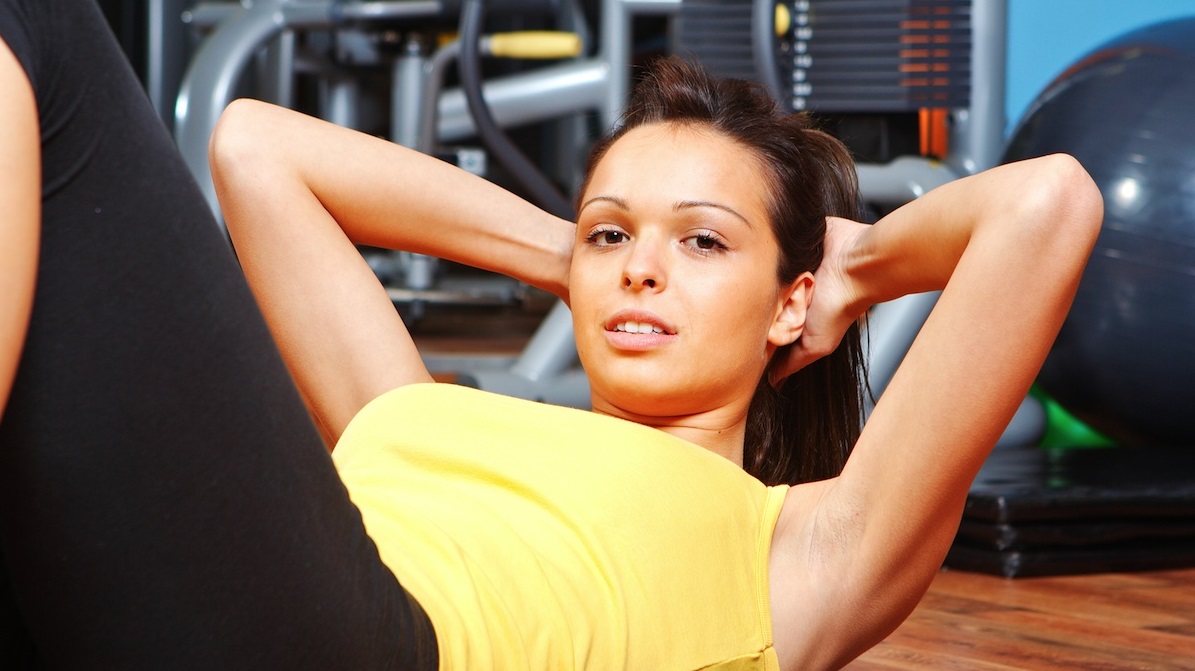How Do I Set Up a Personal Exercise Routine?
We all know regular exercise is important for optimal health. But it is less clear how to set up an exercise routine that will work best, just for you. Here are some tips and insights from Hannah Kittrell, MS, RD, CDN, EP-C, Director of the Mount Sinai Physiolab, located at Mount Sinai Morningside.
Where do I even start while creating an exercise routine?
Three key elements are particularly important to keep in mind: consistency, variety, and fun.
Let’s start with consistency. Generally, we recommend spreading out your workouts between at least three to five times a week. This will help to increase the health benefits, improve your fitness at a faster rate so that you’ll get less tired during the workouts, and reduce your risk of injury. While we suggest five days a week, always check with your doctor before you start a new exercise routine.

Variety is also important—both because it’s fun to mix it up and also because you will work different muscles and improve your overall fitness when you include a variety of activities. Mix it up between aerobic activity, muscle and bone strengthening exercises, flexibility, and balance exercises.
Last—and most important—make it fun. No one wants to do an exercise routine that feels like a chore, so be sure to find the activities that make you the happiest, whether power walking through your favorite park, or biking to your favorite coffee shop. And if the activity itself isn’t enough to get you out the door consistently, find a friend who is happy to join you.
How much exercise should I plan for?
With aerobic activity, the American College of Sports Medicine (ACSM) recommends aiming for between 150 to 300 minutes of moderate intensity exercise or 75 to 150 minutes of vigorous activity each week. Keep in mind that aerobic activity includes anything that gets your heart rate up, from a run to a dance party in your kitchen. For muscle and bone strength work, the ACSM recommends two to three sessions per week. As we talked about before, it’s better to spread this activity out across several days in the week—ideally at least three.
What is the difference between moderate and vigorous intensity exercise?
With moderate intensity exercise, you should be able to carry on a conversation—but you should not be able to sing along to your favorite song. With vigorous activity exercise, you should not be able to talk in full sentences; instead, you’ll find yourself taking a breath every few words.
Why do I need a personalized health and fitness assessment?
A lot of the recommendations you find online or on gym equipment are generalized. They’re based on formulas, but don’t speak to your personal physiology. We’re all individuals, and a one-size-fits-all approach often doesn’t work. For example, you burn two main energy sources during exercise: fat and carbohydrates. Depending on your goal, you will want to incorporate different amounts of exercise that stimulate fat burning vs. carbohydrate burning. You typically burn fat when you’re at rest or doing low- to moderate-intensity exercise. Most exercise equipment, such as a treadmill or elliptical at the gym, will highlight a “fat-burning zone,” but the equipment doesn’t calculate this zone for you specifically. For instance, we know some people can continue to burn fat at higher intensities of exercise, while other individuals only burn fat up to moderate intensity exercise.
The best way to understand your body’s response to exercise is through assessment of your unique metabolism during a bout of exercise. When you have this individualized information, you can fine-tune your exercise routine to meet your goals efficiently.
How can a professional help me put together an exercise routine?
An exercise professional can help you develop a more targeted direction for your routine. You’ll want to look for either a certified personal trainer or an ACSM-certified exercise physiologist. Another option is to come into a health facility that can assess your metabolism and provide evidence-based advice on diet and exercise—like the Mount Sinai Physiolab. At our site, you can be evaluated on our metabolic equipment and work with our staff exercise physiologist. We can deliver the data points on your body composition and innate physiology that might be helpful in setting specific goals. Every test also includes a post-test counseling session to discuss what all the information means and help you figure out how to apply it to your daily life.










